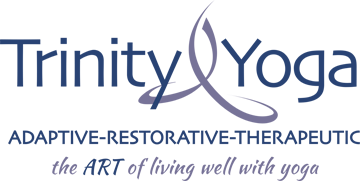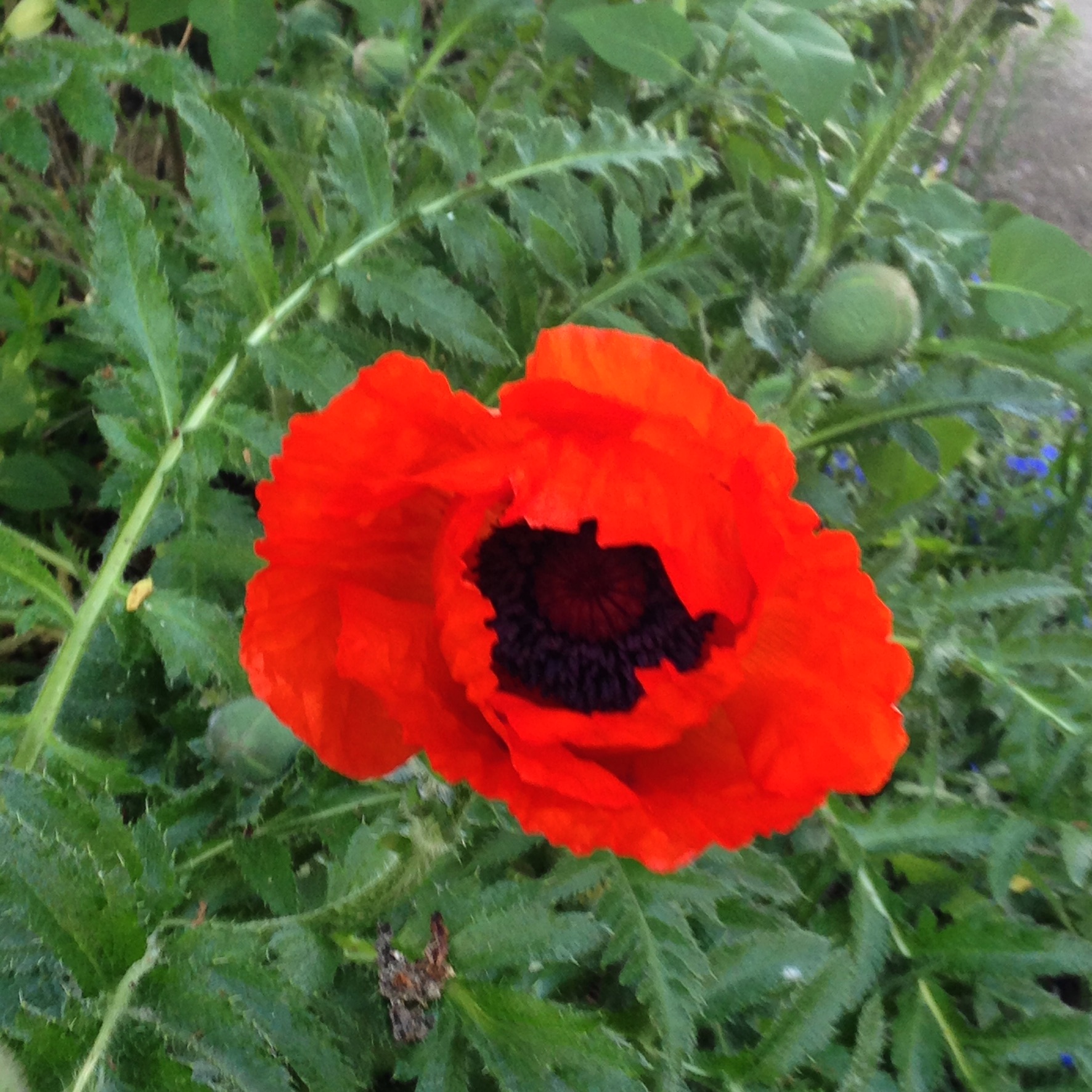I recall fondly my first Remembrance Day ceremony with my dad and all of the veterans looking sharp and commanding in their regalia. The cold November air stung my four year old lungs and made me feel older as I blew out clouds of smoke-like breath. My dad’s solid stature by my side, held my mittened hand while his booming voice recited Flanders Field for the crowd, It is a day for ‘remembering’ particularly those, who gave their lives for our freedom, for democracy.
Many of the brave soldiers we honour today, have ‘memories’ of war and the line of duty which they carried through their lives, some pleasant but many traumatic. At a time before the advances of neuro imaging, the now documented effects of the PTSD that many suffered went underground, undiagnosed and misunderstood. Years later addiction, abusive behaviour, body deterioration, Alzheimer’s and depression enslaved many veterans. Their memories of war are important for good reasons, the least of which to ensure we do not regress through a collective amnesia to any event similar.
How we physiologically remember is still under study, but we do know memories are processed in a small structure above the brain stem called the hippocampus. Embedded in this region is the Amygdala, where we store our emotions including trauma. Memory is a function and a composition of many brain parts, including the body. I know your thinking, the body is not the brain, but it is a nervous system network. That we also ‘physically’ remember is a complex theory gaining validity and further insight from neurobiology and neurophysiology work with trauma. If fact a significant tenant from manual physical therapists is: “the body doesn’t lie’.
The fact that I remember the armistice day celebration with my dad so clearly is because all of my sensory systems were taking in the information and processing it into memory. My felt sense created a ‘living memory’, easily retrievable due to the many ways of remembering. I remembering a time, not long ago when science finally acknowledged the brain-body relationship as more significant than ever imagined. Mindfulness, trauma informed yoga, stress management, somatic-psychology and biofeedback are a few examples of this understanding showing up in the modern lexicon. We are fortunate at this time too witness redemption of the body and particularity the body-mind relational interface.
This recent acceptance by science is a burgeoning field, with untold possibilities for medicine and healing. As we gather to honour soldiers, we can re-member the hard-won lessons: everything matters, from the micro-to-the macro we are one, everything has a vibration that is registered and possibly stored in the body and last, the-body-doesn’t lie. Our living memories captured in time physically have a lot to teach us, they are the doorways into understanding ourselves in a more complete and holistic way. As we heal ourselves using the ancient techniques of yoga, mindfulness, therapy and manual therapy, we will be synchronistically healing the whole. There could be no better use for Remembrance.
The explosion of trauma sensitive offerings for healing makes it easy to find support for what suits your needs. We at Trinity Yoga would love to help you function and feel better with the following opportunities:
Adaptive & Accessible Yoga Training – Vancouver. Jan 4 & 5 Register here
Nada Yoga – The Yoga of Sound & Vibration for Healing -Vancouver February 24
Adaptive & Accessible Yoga Training – Edmonton. April 6 & 7 Register here

